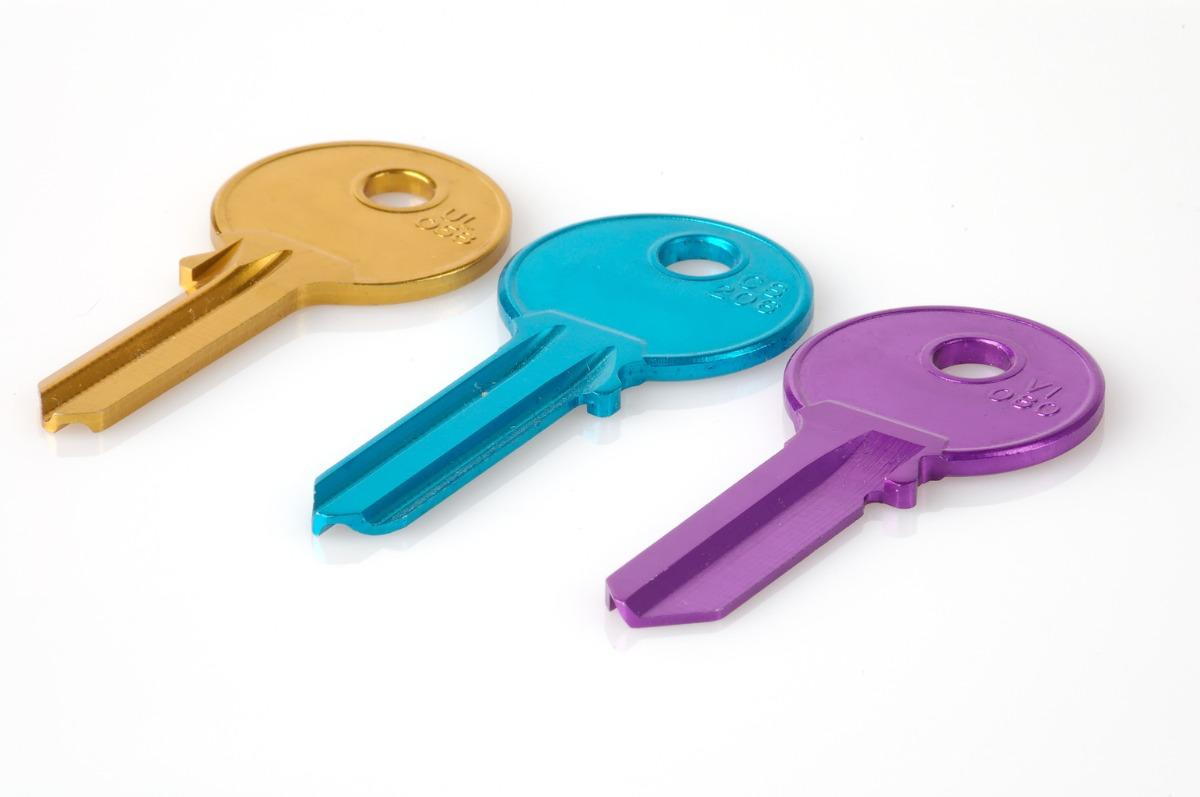
- posted: Jul. 30, 2020
Let’s talk about sublets: Sublessor Beware!
#outerbrigelaw #nyc #landlordtenantattorneys
#photocred: Mari Helin
As COVID-19 rages, many tenants have left NYC and are seeking to break their lease or sublet their apartment.
What is a sublet?
Roughly speaking, a sublease is when a tenant on a lease rents out their apartment to another person. This new person is therefore called a “subtenant”, and that makes the person named on the lease a “prime tenant”.
What’s the difference between a sublease and an assignment?
The major difference between a sublease and an assignment is that in a sublease, you are still involved in the relationship with your Landlord, whereas in an assignment, a new contract is created between the Landlord and the new tenant, and you are transferred, assigned your lease to the new tenant. In a sublease, you plan on returning to the apartment for before the end of the lease term.
Under the law, if you are a tenant in a building with four (4) or more residential apartments, you have the right to sublease with your Landlord’s written consent. Your request may not be unreasonably denied. Tenants who rent in buildings containing less than four (4) apartments do not have this guaranteed right, so you will have to check the terms of your lease.
To effectively sublet your apartment, you must inform your Landlord of your desire to sublease by sending them a letter by certified mail (return receipt requested). The letter should include the following:
(1) the sublessee’s name and address (business address too),
(2) the written sublease agreement (be sure to include start and end dates)
(3) the reason for the sublease,
(4) your new address (if you plan to move out), and
(5) the written consent of any co-tenant or guarantor of the lease.
After mailing this letter with the attachments, your landlord has ten (10) days to request any additional information, and thirty (30) days after the submission of that additional information to make a decision. If your Landlord does not request any additional information, they have thirty (30) days to respond. If the Landlord fails to respond within the 30-day window in either scenario, the law deems the Landlord to have approved the new agreement.
What if your Landlord denies the request?
If it is unreasonable, you may proceed to sublet according to the request. If your Landlord starts a court case based on an illegal sublet, the proceeding should be dismissed.
What is a reasonable rejection?
Practically speaking it boils down to whether or not the subtenant can afford the rent. But a rejection may also be reasonable if the proposed sublease covers the entire remaining lease period, because that’s an assignment, not a sublease.
How much can I charge for rent?
If you are a rent-stabilized tenant, be careful how much you charge. By law, you are only allowed to charge the legally regulated rent (amount on your lease) plus a 10% surcharge if the apartment is furnished. If you think you can make a profit off of your tenant, you are running the risk of an eviction proceeding.
Are you considering subleasing your apartment? Be mindful of these rules!


